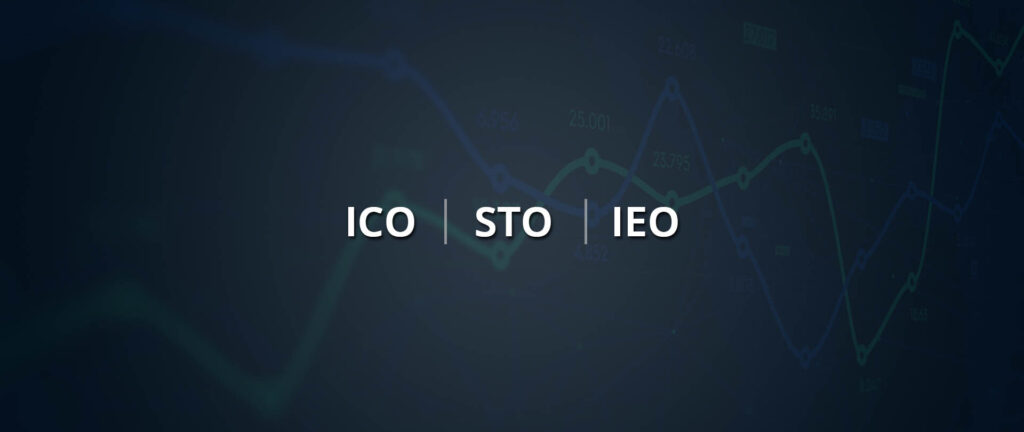Defi staking is perhaps the most adopted or embraced defi application amongst the crypto community solely because it monetarily rewards the participants. According to Statista, $56,799 million is the total value locked in the Ethereum blockchain on May 17, 2022.

As the defi staking market expands, more startups are developing innovative solutions and platforms to make DeFi staking more accessible for common people. This article is intended to be a guide for executives and founders to understand the core concepts of Defi Staking and guidelines for launching one.
What exactly is DeFi Staking?
In centralized systems, decisions are made by a person or a centralized authority. But in decentralized systems, a voting mechanism is required to make decisions. The voting mechanism ensures that the system is moving forward with the consensus of the participants. The consensus among the decentralized participants (nodes) is essential in any blockchain-based system.
The first consensus mechanism, Proof-of-work, attains consensus by asking the participants to solve a puzzle. Whoever solves the puzzle first gets rewarded, and the other participants verify the solved puzzle. In simple words, one of the participants provides proof for their work, which is solving the puzzle, and other participants verify the proof’s authenticity. This mechanism is sufficient to attain a consensus. However, this mechanism is very costly and not energy efficient.
A more advanced consensus mechanism, Proof-of-stake, is an energy-efficient mechanism that helps nodes reach consensus. In this mechanism, one node takes some money and validates a transaction in the network. The concept is that if the transaction is valid, the node would get its money back and additional rewards for validating it. Likewise, the staked money could be lost if the transaction is invalid. The amount to be staked is higher than the potential reward.
The Concept of Staking
As stated earlier, you get rewarded if you stake value in a blockchain network and validate transactions. But, quite often, the value to be staked is very high. In such cases, a group can pool their tokens and use that fund for staking. Upon successful validation, the reward is split between these people in proportion to their contribution. And that’s the basic concept of defi staking.
Defi staking is the mechanism by which people pool money in the form of cryptocurrency and create a fund, using this fund to stake in a proof-of-stake-based blockchain network for validating transactions. The reward from successful validation is shared between the people who chipped in.
Why is Defi Staking market growing fast?
Since its inception, the crypto community embraced the defi staking application to their hearts. Why? Solely because of the benefits it offers to the participants. It is creating a win-win-win situation for all. Let’s take a closer look.
The main benefit for stakers is that they can generate passive income from their crypto assets. The reward they get is usually multiple times higher than the interest rate they get from conventional savings. For staking platforms, they can provide increased liquidity for crypto assets in their platforms. Moreover, staking platforms can get a cut out of every successful validation. This offers an excellent platform to generate revenue with minimal running costs. For blockchain networks, token market capitalization and liquidity will increase with defi staking options.
The U.K. HM Revenue & Customs (HMRC) agency opened a consultation on the state of crypto taxation, specifically for decentralized finances staking and lending practices. This call for evidence will have an 8-week duration from today, July 5th, until August 31st, 2022, and could result in significant changes to the DeFi tax structure in the country. With the clear-cut benefits, DeFi staking is expected to grow bigger in numbers across geographies.


